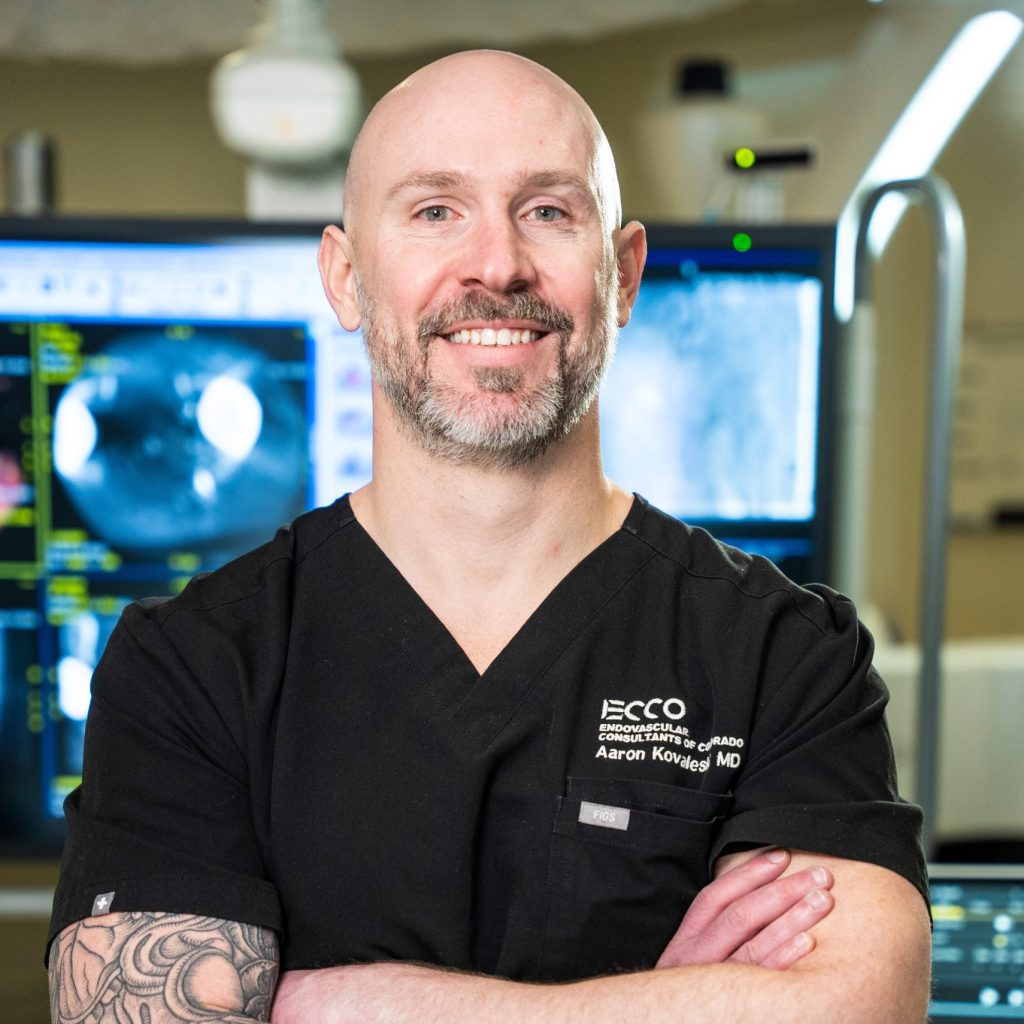



Hours
Mon. to Fri. 8:00 am to 5pm
Lone Tree, CO
8080 Park Meadows Drive, Suite 150
Lone Tree, CO 80124
(720) 668-8818
Pueblo, CO
323 S. Purcell Blvd. #150
Pueblo, CO 81007
(Please use the side entrance)
(719) 569-3226
Fax: (877) 229-5440
Email: info@eccomedical.com